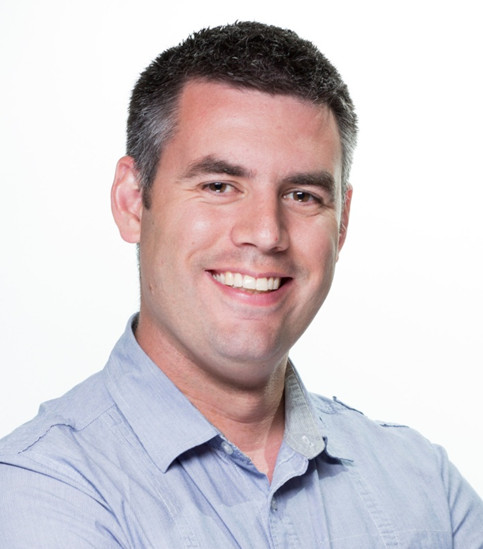 ‘Engineering a better way to prevent injury’
‘Engineering a better way to prevent injury’
Peter Theobald is a lecturer at Cardiff School of Engineering, Cardiff University. His research focusses on minimising the risk of injury and trauma, through the application of engineering principles to the human body.
MEDICAL ENGINEERING is an unfamiliar term to most; in a nut-shell, it describes engineering concepts applied to the human body. Here at Cardiff, we specialise both in training the next generation of ‘bio-engineers’, whilst pushing forward research boundaries to the benefit of all. In the Safety, Trauma & Rehabilitation Biomechanics Laboratories at Cardiff University, our team of bio-engineers seek to reduce the risk of injury and encourage the rate of rehabilitation.
The Head is currently our main focus, as we seek to understand the consequence of, and minimise the risk following, a sudden impact. We are currently considering head injuries in infants and young children, integrating engineering principles with clinical data to develop an additional resource which, ultimately, will assist clinicians in ascertaining whether a head injury may have been caused accidentally, or not. Additionally, we are seeking to minimise head and facial injuries in activities such as cycling and climbing, designing improved safety headwear by evaluating the most effective geometry and assessing the performance of new material combinations.
We are also working to minimise the risk of head injury during field-based sports, particularly as a consequence of impact with the surface, by developing guidelines for acceptable pitch conditions. Currently, it is ironic that sport is frequently cancelled during the winter months due to a frozen pitch, but rarely cancelled in the spring when (sometimes) faced with an equally dangerous, parched surface. The increasing popularity of artificial surfaces too, brings new challenges in defining how surfaces should be maintained to minimise the risk of injury – be this to the head, or other parts of the human body.
Our injury prevention research also considers rugby and, ultimately, determining whether we can reduce the relatively high incidence of cumulative spinal degeneration, a condition that is typically a precursor to injury. Here, we are applying engineering technology from the marine sector – specifically, sensors used to guide submarines, to monitor the relative movement of different spinal ‘segments’. This provides us with the unique ability to measure posture during a scrum and, through computer simulation, predict the extent of stress experienced within the spine. Ultimately, we are hopeful that this research will be able to inform the game’s decision-makers, to consider whether further changes in Law defining the scrum may reduce the risk of chronic injury.
Our work focussing on rehabilitation sees us collaborate with a host of clinicians, including paediatricians, emergency medicine specialists and orthopaedic surgeons. We have recently engineered a prototype system that dramatically enhances infant cardiopulmonary resuscitation as performed by specialist clinicians within a formal, training environment. We are now in the midst of seeking a commercial partner to translate our work into a clinical setting. Additionally, we are performing preliminary studies to see whether an increased rehabilitation rate of musculoskeletal tissue (e.g. bone, tendon) can be achieved by using new repair techniques and materials to enhance the biomechanical environment.
Hence, whilst the concept of a ‘bio-engineer’ may be new to many, the reality is that they have been – and will continue – to discreetly improve our quality of life.
Peter may be contacted at theobaldps@cardiff.ac.uk
This article first appeared in the Western Mail on 2nd September 2013, as part of the Welsh Crucible series of research profiles.
